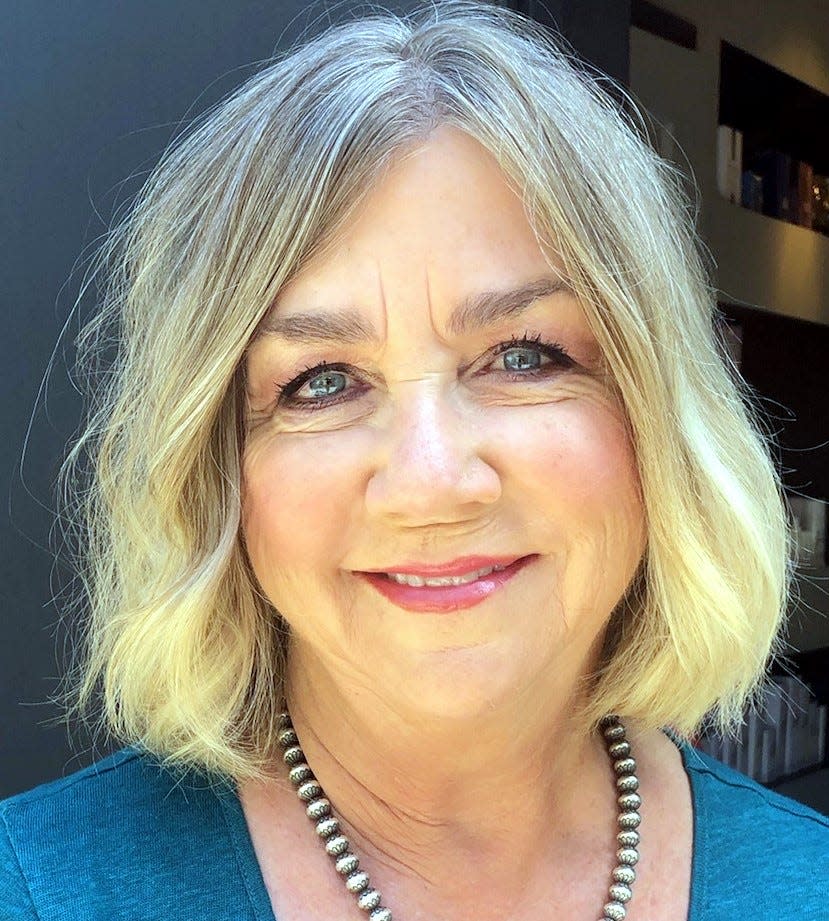Columnist and husband benefit from improvements in COVID medicine

Growing up, our family doctor reminded us there is a reason we refer to healthcare as “the practice of medicine.” Doctors and scientists need to be nimble and able to change course if needed. The more they practice the better they get.
This week the CDC changed the guidelines for protections from COVID.
Before naysayers start criticizing the CDC for another change, let’s be honest. Doctors and medical professionals at the CDC have been in uncharted territory. The most recent data, lab tests, clinical studies, and their expertise help them make decisions and recommendations for the public.
When the pandemic first took hold in the U. S., uncertainty was the only certainty. The first COVID case in the U. S. was in January of 2020. It was believed the first death was Feb. 29. With more data it was later confirmed there were 2 COVID-related deaths prior to that date.
As people began to die, reactions varied. The former President ignored it as long as possible. Meanwhile, the CDC and medical professionals continued to sound the alarm of escalating cases and deaths.
The CDC began issuing guidelines and restrictions in mid-March. The earliest involved travel bans from foreign countries. These were followed by stay-at-home orders, business closures, school closures and mask requirements. In New Mexico, the governor acted immediately following the President’s declaration of a national emergency on March 13, 2020.
Mass gatherings were banned on March 12. A three-week school closure went into effect the next day. Soon after, retailers were asked to follow masking and capacity guidelines to protect the public. On March 27, the governor announced schools would close through the end of school. We became first in the country to provide mobile testing sites.
By May 28 there were 100,000 deaths nationally – including 283 New Mexicans. Even so, cases subsided during the summer only to re-emerge in the fall of 2020. In December, the first vaccines became available.
2021was a year of amended orders, vaccine clinics, mandates and falling numbers.
Now, restrictions are gone, the economy is rebuilding, schools are opening for a new year and guidelines are changing. Ninety percent of New Mexicans have had one shot, and 72% are fully vaccinated, outpacing the three surrounding states. But 8,312 New Mexicans have died.
And COVID is still here.
This year, we too began to relax as New Mexico reopened. We continued to wear masks in crowded places but found ourselves returning to our 2019 normal routine. Air travel, restaurant patios, and then in mid-June we went to a movie – a crowded movie.
We aren’t certain, but we believe this is where, after two years and three months of caution, we contracted COVID. Four days after the movie, my husband tested positive. I began to cough and sneeze. After three negative home tests in two days, I went to a testing site. Bingo! Positive.
We are vaccinated and boosted. Reports suggest the current strain is less deadly. Still, a positive test is scary.
We looked up the current guidelines: Five days of isolation, five more days of masks. Beyond that, advice is limited.
We asked our physician about the anti-viral Paxlovid. As is best practice, she cautioned us about the effects of the drug. It is not FDA approved beyond emergency use. We secured a prescription.
In three or four days we both felt better. Weeks later we are fine. We don’t know if our experience was made easier because we were fully vaccinated or because of the antiviral. Maybe both. What we do believe is we benefited from the “practice” of medicine – much of it in a time of uncertainty.
This article originally appeared on Carlsbad Current-Argus: Columnist and husband benefit from improvements in COVID medicine

